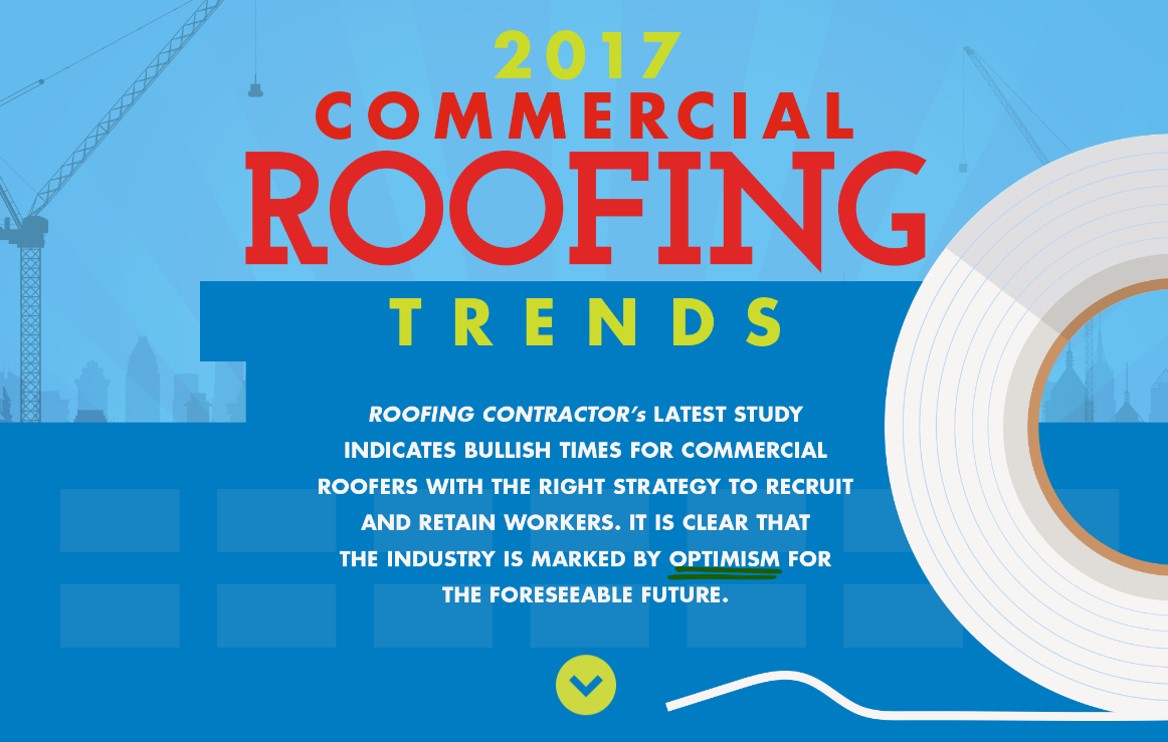A Considerable Review Of The Pros And Cons Of Numerous Roof Products
A Considerable Review Of The Pros And Cons Of Numerous Roof Products
Blog Article
Post Composed By-Mccarty Dupont
When choosing the roofing material for your home, it's vital to consider the advantages and disadvantages each alternative offers. From the affordability of asphalt shingles to the long life of metal roof, there are vital elements to think about prior to deciding. As you explore the series of choices offered, recognizing the compromises can assist you make an enlightened choice that suits your demands and budget plan.
Asphalt Tiles
When it comes to roof materials, asphalt tiles are a preferred choice for many homeowners. They offer an affordable service that's very easy to install and can be found in a variety of shades and designs to fit your home's aesthetic. Asphalt shingles are durable and can stand up to different climate condition, offering security for your home for many years to find. Additionally, they need marginal maintenance, making them a hassle-free choice for hectic property owners.
One of the disadvantages of asphalt tiles is their relatively shorter life expectancy contrasted to a few other roof products. Depending upon the quality of the shingles, they typically last around 20-30 years prior to needing replacement.
One more consideration is that asphalt roof shingles might not be as environmentally friendly as some alternative materials, as they're petroleum-based and not easily recyclable.
Metal Roof covering
Steel roof is gaining appeal amongst property owners for its sturdiness and longevity. If you're searching for a roof product that can last 50 years or even more, metal might be the best option for you.
One of the crucial advantages of steel roofs is their resistance to extreme weather conditions like heavy rain, hail storm, snow, and strong winds. find out this here , reducing the danger of damages in case of a fire.
Furthermore, steel roof coverings are low maintenance and can be more energy-efficient compared to typical asphalt tiles. They reflect solar radiant heat, aiding to maintain your home colder in the summertime and possibly minimizing your power costs.
However, it's important to note that steel roofs can be much more expensive upfront than other roof covering materials. boerne gutter cleaning reveal issues about noise throughout heavy rain or hail storm, but appropriate insulation can help reduce this problem.
Eco-Friendly Options
For home owners looking for environmentally mindful options, environmentally friendly roof products use lasting options that lower the impact on the planet.
One prominent alternative is solar roofing floor tiles, which harness the power of the sunlight to generate electrical energy for your home, minimizing your carbon footprint.
One more eco-friendly choice is great roofs, which are made to show even more sunshine and absorb less heat, thus decreasing energy intake for cooling.
Recycled shingles made from products like rubber, plastic, or wood fibers are also eco-friendly alternatives that divert waste from garbage dumps.
Additionally, green roof coverings, covered with plant life, not only give insulation however also soak up rainwater, lowering overflow and boosting air high quality.
While these environment-friendly roof products might come with a greater first cost, the lasting benefits of energy savings, longevity, and ecological impact make them a sound investment for both your home and the earth. Think about these choices to make a positive distinction while keeping your home risk-free and comfy.
Final thought
In conclusion, when it involves selecting a roof product, it's important to evaluate the pros and cons of each alternative to find the most effective fit for your requirements. Asphalt shingles supply cost and easy installment, while steel roofing provides longevity and long life. Eco-friendly alternatives like solar roof floor tiles and green roofs can profit both the atmosphere and energy intake. Consider your top priorities and spending plan to make the appropriate choice for your home.
